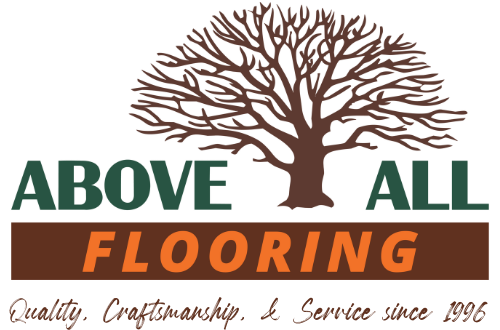Some flooring installations are tailor-made for a do-it-yourselfer, but some are trickier than you might think. Here's a quick primer on where your skill levels need to be for various flooring installation projects.
Installing Laminate Flooring
Where to put it: Laminate floors can go in any room over a clean, dry subfloor. The plastic-coated planks are slippery when wet, so laminate isn't a good choice for bathrooms and laundry rooms. You can install a floating floor system over existing floors that are flat and in good condition.
DIY level: A laminate floor installation with a floating floor system is very DIY-friendly. You'll need some patience and skill to negotiate doorways.
Solid Hardwood Floor Installation
Where to put it: Solid hardwood strip flooring should be installed over a clean, dry wood subfloor. Avoid bathrooms, laundry rooms, and below-grade basements.
DIY level: Once you get the hang of it, nailing down hardwood flooring with a rented flooring nail gun goes smoothly. Your biggest challenge is keeping rows straight; check manufacturers and YouTube videos for pro tricks on dealing with warped boards.
Where to put it: Engineered wood planks have laminate construction so they’re not affected by changes in humidity. You can put it in any room, including dry below-grade basements, but it’s wise to avoid bathrooms and laundry rooms where spills or minor flooding might occur.
DIY level: Engineered wood flooring comes as both a glue-down, nail-down, and floating floor system featuring planks with snap-together edges. For the easiest install, DIYers should go with the floating floor.
Where to put it: Ceramic tile can go in any room. It's a beautiful, waterproof floor but it's cold and hard underfoot, so it isn't the best choice for bedrooms and kids playrooms. It should be installed over a clean, dry subfloor that's covered with cement-based tile backer board.
DIY level: Setting ceramic floor tile requires moderate to high levels of DIY skill, especially when it comes to notching tile around obstacles. Laying out the design and understanding how to start off a ceramic tile floor installation are keys to success, so due diligence with how-to instructions are essential.







